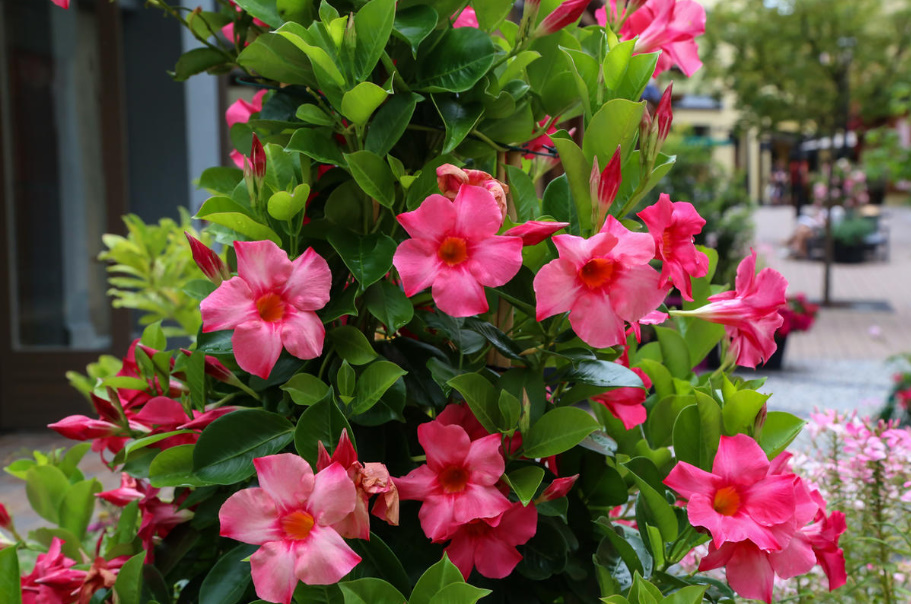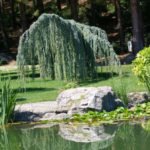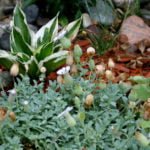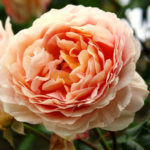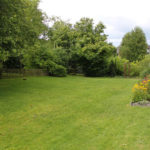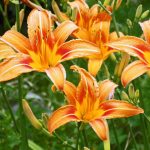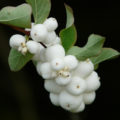Curly annuals are loved by many gardeners for their unpretentiousness, rapid growth, and beautiful flowers. Some species constantly decorate the country plots — others are forgotten from time to time, but invariably return triumphantly to the flower beds and flower beds.
Today I invite you to take an unusual excursion into the past of these species. The fact is that I managed to collect the most interesting material about climbing vines.
Lathyrus odoratus
Lathyrus odoratus is one of the most beloved ancient annual climbing plants. Previously, gardeners in areas with a warm climate were recommended to sow it in the spring directly into the ground, and where it is colder — in early April in pots, and at the end of the same month, together with a lump of earth, transfer it to the open ground.
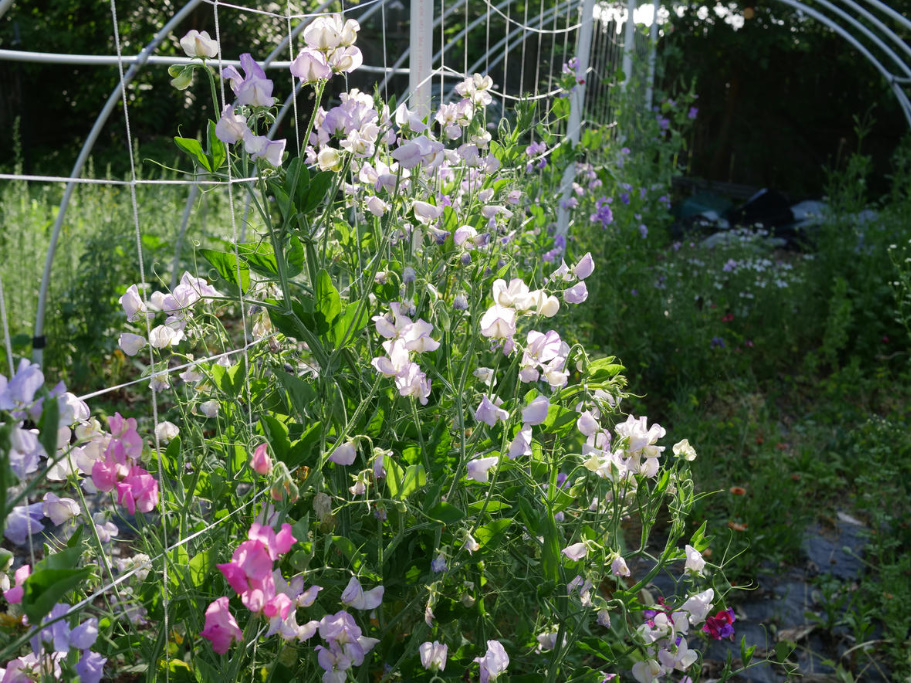
Among the old advice on its cultivation was this — plants with weak stems should be tied to supports. The most beautiful and practical for this purpose were stakes made of young fir trees — about 5-6 feet (1.5-1.8 m) high. As before, Lathyrus odoratus is now loved by many summer residents, it is successfully grown on plots.
Thunbergia alata
Thunbergia alata is a very beautiful old climbing plant. The flowers are mostly yellow, with a black throat. Previously, they were afraid to grow it in the open ground, so the crops made in early March were advised to leave in the greenhouse or house in the summer.
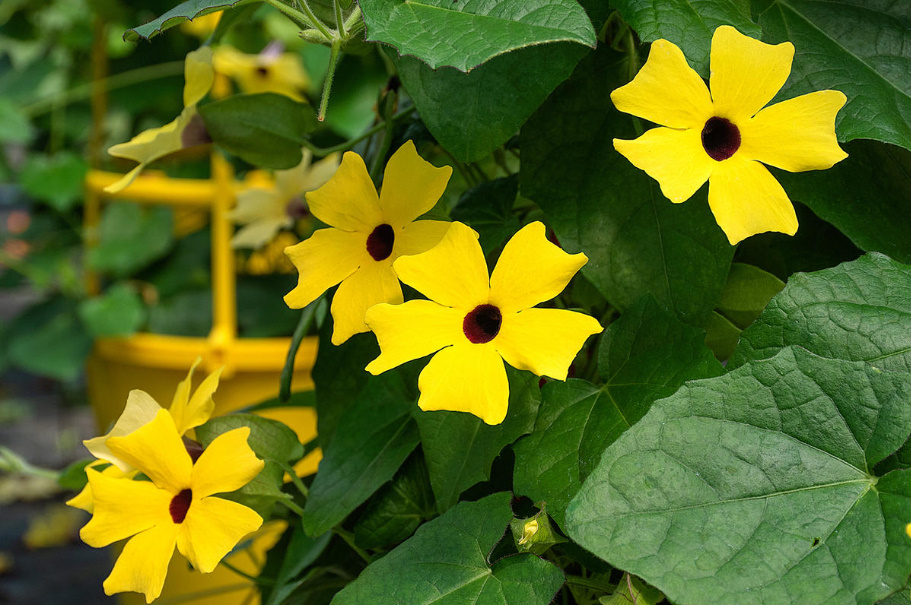
Seedlings were kept in pots with nutritious loose soil (a mixture of clay turf, leaf soil, humus in a ratio of 2:2:1, plus a small amount of sand was added). Trellises were made for creepers — or grown in hanging vases, from which flowering shoots fell picturesquely. Several specimens of the plant were always planted in one pot.
They say that the new is the well—forgotten old. These words fit the story of Thunbergia alata very precisely. Currently, it is as if it is being rediscovered, and every day there are more and more admirers of this magnificent vine.
Mandevilla, syn. Dipladenia
Species and varieties of Mandevilla, syn. Dipladenia, in the XIX century in England belonged to the most valuable climbing plants of warm greenhouses. They are really extraordinarily beautiful!
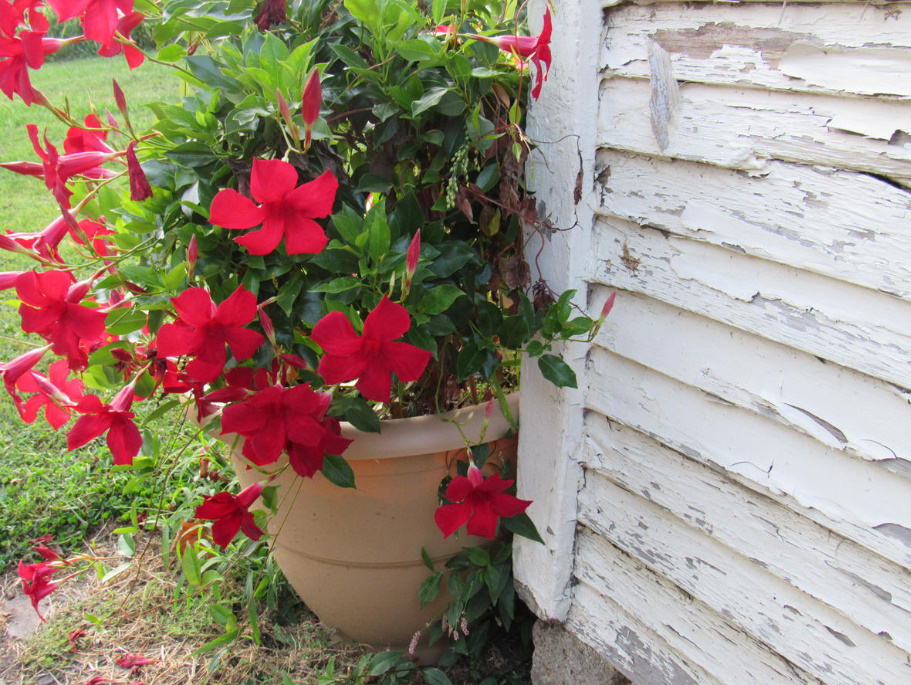
Previously, they were bred in greenhouses, where curly stems were attached to frames. With proper care, the plants bloomed profusely in summer. In the gardening heralds of that time, it was noted that only English and Belgian gardeners achieved success in growing Mandevilla.
Today, Mandevilla is grown mainly as a potted vine, letting shoots on trellises, or as an ampel plant in hanging planters. If you are going to get one of these beauties, keep in mind that they all love loose clay earth. Good drainage at the bottom of the pot is also required. In summer, they can be taken out into the open air.
Lapageria rosea
Lapageria rosea is still considered a difficult-to-grow vine. In the XIX century. varieties with pink and white flowers were grown. They were planted in a box that stood on the floor of a low and well-ventilated semi-shaded greenhouse. The soil consisted of a mixture of turf, clay and loose peat land. The stems were tied to the frames. Both in autumn were pleased with abundant flowering every year. Already at that time, it was recommended to grow a vine on trellises in the open ground.
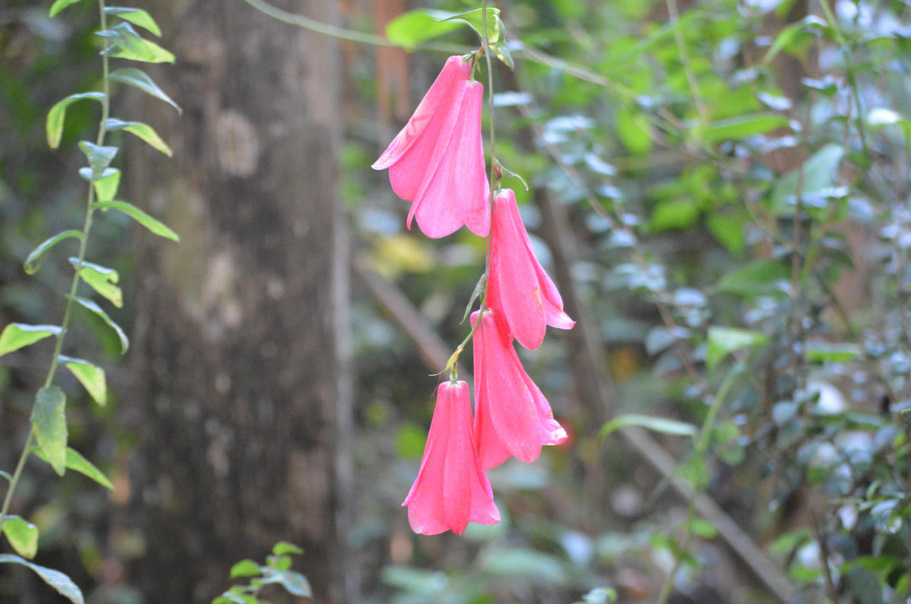
Today, pink lapageria is rarely seen. I still regret that we did not dare to try to grow it as an open-ground annual: there were few seeds, and it was decided to sow them in pots. The descendants of those Lapageria rosea are still alive.
Cobaea scandens
Cobaea scandens is one of the most beautiful ancient lianas with thin stems and large flowers. Its rapid growth was immediately used to decorate walls, gazebos. When grown in greenhouses, a perennial plant with lignified stems at the base was obtained. In the heralds of that time it was noted that seeds can be purchased in almost every garden goods store. They were advised to sow them in early March in a room, greenhouse or greenhouse. By mid-May, the seedlings had already grown more than 50 cm, and they were transplanted into ridges with nutritious loose earth, which were usually located along verandas or walls in the sun or in partial shade.
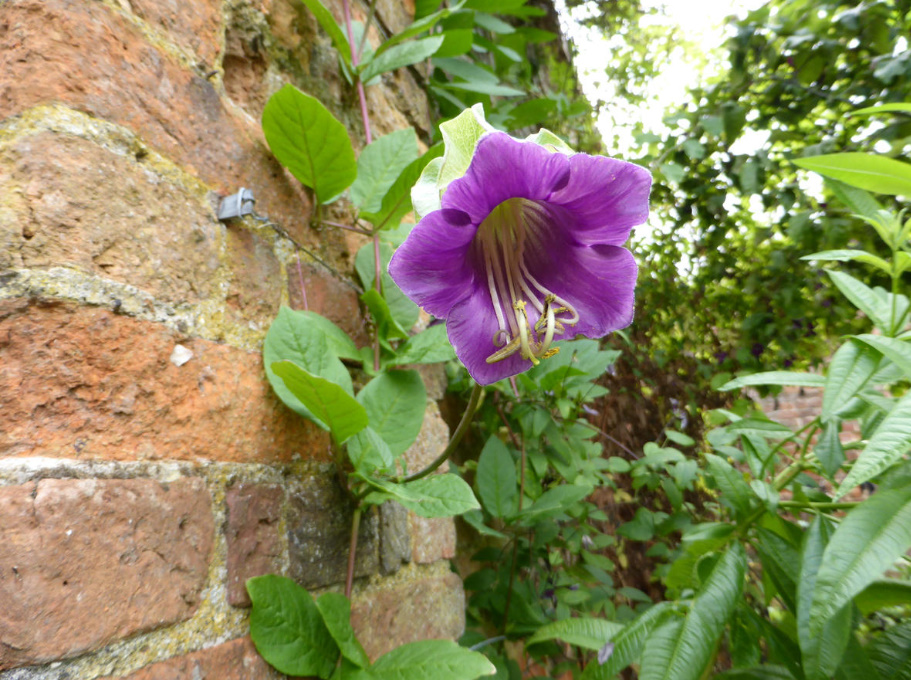
Current gardeners have appreciated the beauty of the ancient fast-growing vine and are happy to decorate their plots with it. Cobaea scandens is good at decorating high retaining walls, gazebos, openwork arches, pergolas. When planted in warm places and autumn mulching of the base, it tolerates winters without damage, gradually turning into a luxurious perennial vine. When planning to grow this beauty in your garden, find a permanent place for her in advance, because Cobaea scandens does not tolerate transplanting well.
Lophospermum erubescens, syn. Maurandya erubescens, Asarina erubescens
In winter, she was kept in a greenhouse at a temperature of +4…+7 ° C, and at the end of May they were exposed to the open air for decorating low trellises, gazebos.

The seeds were sown at the end of April or in May in bowls placed in a greenhouse. In summer, seedlings were transplanted into loose and nutritious soil, in small pots — 1 piece, in large ones — 5 pieces.
In the botanical garden we tried to grow this vine in the open ground. It turned out to be a perennial, well-tolerated mild winters without shelter (but only in warm places!).
Eccremocarpus scaber
In the XIX century Eccremocarpus scaber was recommended as a very beautiful plant for cultivation in cold greenhouses. When grown in the open ground in the middle zone, in the autumn they were transplanted into pots and brought into greenhouses with low positive temperatures for the winter.
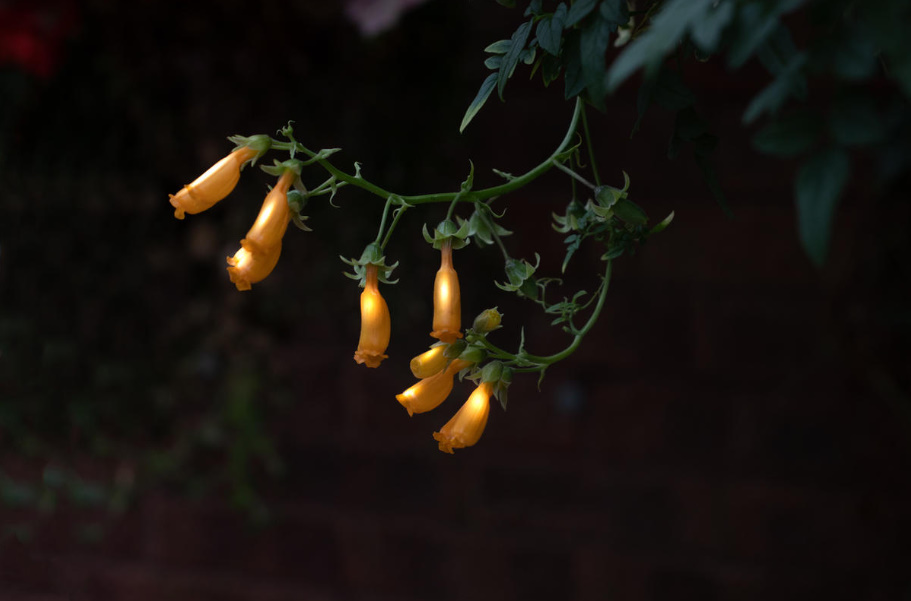
In the old days, Eccremocarpus scaber was valued for its very original flowers and long flowering. It was grown as a climbing annual plant. And indeed, Eccremocarpus scaber pleased with unusual flowers until late autumn.
Which of the described vines are familiar to you? How do you grow them in your suburban areas?
